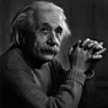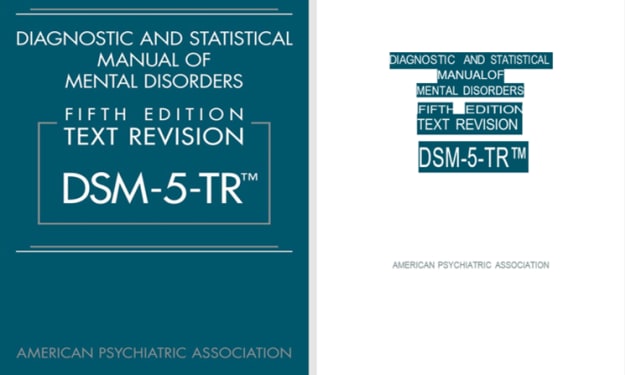
Introduction
Fear is an innate response triggered by various stimuli, but one phobia stands out for its enigmatic and peculiar nature—coulrophobia. Coulrophobia refers to the intense and irrational fear of clowns, affecting a significant number of individuals worldwide. This essay aims to delve into the origins, symptoms, and possible explanations for this morbid fear, while shedding light on the impact it has on people's lives.
Origins and Cultural Influence
The roots of coulrophobia can be traced back to ancient times, where jesters and court fools instilled mixed emotions in their audiences. However, the true origins of the fear can be attributed to popular culture in the 20th century. It was during this time that clowns began to appear in horror literature and movies, notably Stephen King's "It," which portrayed a malevolent clown named Pennywise. The depiction of clowns as sinister and creepy characters contributed significantly to the development of coulrophobia.
Symptoms and Manifestations
Individuals suffering from coulrophobia experience a wide range of symptoms, both psychological and physical. Common psychological symptoms include anxiety, panic attacks, nightmares, and a sense of impending doom. Physically, the phobia can trigger increased heart rate, sweating, shortness of breath, and trembling. These symptoms can be triggered by various stimuli, such as encountering a clown in person, seeing images or videos of clowns, or even hearing clown-related stories.
Possible Explanations
Understanding the underlying causes of coulrophobia requires exploring multiple psychological and sociocultural factors. One theory suggests that the exaggerated facial features and heavy makeup of clowns disrupt the ability to read facial expressions accurately, leading to a feeling of unease or uncertainty. Additionally, the concept of the "uncanny valley" proposed by robotics professor Masahiro Mori may also be relevant. Clowns, with their exaggerated appearance, may fall into this uncanny valley, where they become simultaneously familiar and unfamiliar, triggering a sense of discomfort.
Moreover, coulrophobia can be influenced by personal experiences and traumatic events. Childhood encounters with clowns, such as an unexpected and startling interaction or witnessing a frightening performance, can leave lasting impressions and contribute to the development of the phobia. Media portrayals, both in horror films and news reports highlighting clown-related incidents, further reinforce the association between clowns and fear in the minds of susceptible individuals.
Impact and Coping Mechanisms
Coulrophobia can have a significant impact on the lives of those affected, often interfering with daily activities and social interactions. Individuals may avoid places where clowns are likely to be present, such as circuses, amusement parks, or birthday parties. This fear can also lead to feelings of isolation and anxiety in situations where clowns are culturally revered or celebrated.
Coping mechanisms for coulrophobia vary depending on the severity of the phobia and individual preferences. Cognitive-behavioral therapy (CBT) is commonly used to help individuals challenge and modify their negative thoughts and reactions. Exposure therapy, a specific form of CBT, gradually exposes individuals to clown-related stimuli in a controlled and safe environment, allowing them to confront their fears and develop coping strategies.
Coulrophobia, the morbid fear of clowns, has emerged as a distinct phobia with significant implications for those affected. Its origins can be traced to cultural representations and personal experiences, while psychological and sociocultural factors contribute to its development. By understanding the nature of this fear and employing appropriate coping mechanisms, individuals can work towards managing their coulrophobia and reclaiming control over their lives. While the fear of clowns may seem perplexing to some, it is essential to recognize that everyone experiences fear in different ways, and it is crucial to approach it with empathy and understanding.
In conclusion, coulrophobia, the morbid fear of clowns, is a complex phobia that affects a significant number of individuals. Its origins can be traced to cultural influences and personal experiences, while psychological and sociocultural factors contribute to its development. The impact of coulrophobia can be profound, interfering with daily activities and social interactions. However, through various coping mechanisms, such as cognitive-behavioral therapy and exposure therapy, individuals can work towards overcoming their fears and regaining control over their lives. By fostering empathy and understanding, society can create an environment where individuals with coulrophobia feel supported and empowered.
About the Creator
John memon
I Just like to write............
Enjoyed the story? Support the Creator.
Subscribe for free to receive all their stories in your feed. You could also pledge your support or give them a one-off tip, letting them know you appreciate their work.






Comments
There are no comments for this story
Be the first to respond and start the conversation.